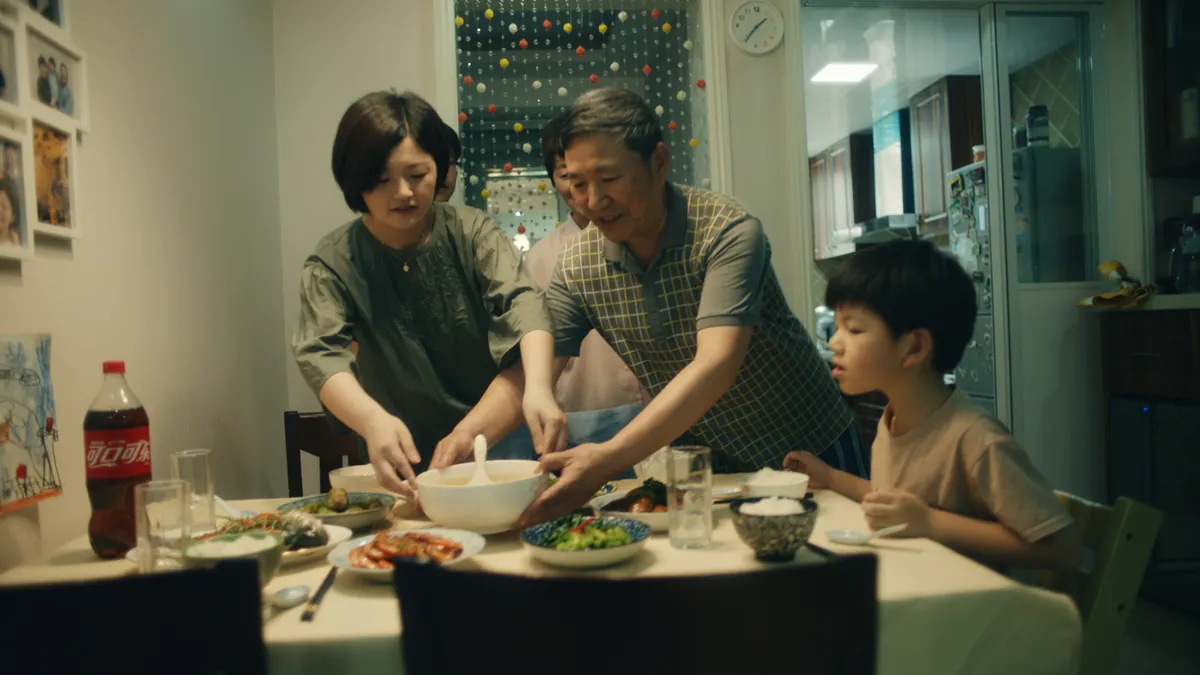Dive Brief:
- Coca-Cola's revenue plunged 28% to $7.2 billion in Q2 from a year earlier, but the beverage giant plans to ramp up marketing in the second half as the easing of pandemic lockdowns worldwide helps to boost out-of-home sales. The company will focus on increased marketing effectiveness and efficiency, including a "more robust, end-to-end digital strategy," per its earnings presentation.
- Coke plans to focus its marketing on its biggest brands while eliminating "zombie brands" worldwide, CEO James Quincey said in a conference call with analysts, noting that more than half of its 400 master brands have "little or no scale" because they're only sold in one country.
- With second quarter indicators suggesting business is stabilizing, Coca-Cola sees a return to advertising as crucial for the next phase of reopening. "...if we're going to emerge stronger, we need to get the business back to the right level of investment to drive the top line growth," said Quincey in the conference call.
Dive Insight:
With an advertising budget that grew 3.2% to $4.25 billion last year, Coca-Cola provides important insights into marketing trends among major brands. The company's plans to increase marketing in the second half of the year are significant after CEO James Quincey three months ago said in an earnings call that Coke "would pause sizable marketing campaigns through the early stages of the crisis and reengage when the timing is right." A month earlier, Coke withdrew its revenue guidance for the remainder of the year — after previously forecasting organic growth of 5% — because of the negative effects of pandemic lockdowns on out-of-home venues like restaurants, theaters and sports stadiums, CNBC reported.
Coke's comments during the Q2 call with analysts reveal a measured level of optimism about the second half of the year as the easing of lockdowns help to alleviate a steep drop in sales experienced in April. Since then, the declines in case volumes haven't been as severe, though the company still faces challenges as the restaurant industry remains under pressure, sports leagues play without fans and theaters reopen at reduced capacity in many regions. Global unit case volume, a measure of the company's beverage output, fell 25% in April from a year earlier, but improved to a 10% decline by June, per its quarterly report.
One of the company's first steps towards reopening the marketing spigot was revealed earlier this month with the release of "The Great Meal," Coca-Cola's first new ad since the pandemic started. The spot depicts real households from around the world cooking and eating together while sharing a Coca-Cola. The effort was designed to be flexible so that it can be tailored to local markets around the world, Quincey said during the Q2 call with analysts.
Flexibility is emerging as a key theme for Coca-Cola during the second half as a level of uncertainty remains around the pandemic and the economic recovery.
"As we look to the second half of the year, I think the name of the game is to stay flexible and be able to adapt as quickly as possible," John Murphy, CFO of Coca-Cola, said about the company's advertising spending in the conference call with analysts. "As we see the shape of the recovery taking place around the world, there are opportunities to step up, to step back up our investment levels."
Coca-Cola also recently appointed a global VP of offline to online digital transformation as it looks scale its e-commerce and digital strategy, executives revealed during the call.
Coke is among the brands that paused their social media advertising in July, though it didn't officially join other advertisers in the "Stop Hate for Profit" boycott of Facebook. The company last month announced a 30-day suspension of social media advertising and said it was too early to determine how long the pause will last, per an announcement.
Coke has had to adapt to changing consumer habits during the pandemic in several ways, including a greater emphasis on contactless drink dispensers. The company this month added mobile technology to its Freestyle soda fountains to address consumer concerns around contracting the new coronavirus. The machines' digital screens display a QR code that can be scanned with a smartphone to open a menu of drinks for consumers to choose.













